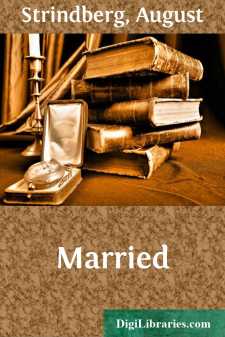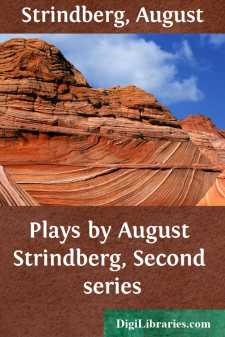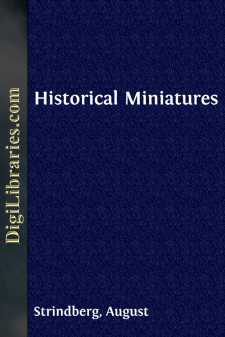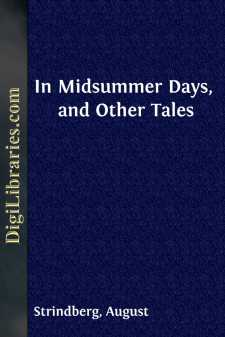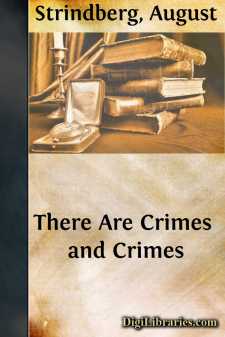Categories
- Antiques & Collectibles 13
- Architecture 36
- Art 48
- Bibles 22
- Biography & Autobiography 813
- Body, Mind & Spirit 142
- Business & Economics 28
- Children's Books 15
- Children's Fiction 12
- Computers 4
- Cooking 94
- Crafts & Hobbies 4
- Drama 346
- Education 46
- Family & Relationships 57
- Fiction 11828
- Games 19
- Gardening 17
- Health & Fitness 34
- History 1377
- House & Home 1
- Humor 147
- Juvenile Fiction 1873
- Juvenile Nonfiction 202
- Language Arts & Disciplines 88
- Law 16
- Literary Collections 686
- Literary Criticism 179
- Mathematics 13
- Medical 41
- Music 40
- Nature 179
- Non-Classifiable 1768
- Performing Arts 7
- Periodicals 1453
- Philosophy 64
- Photography 2
- Poetry 896
- Political Science 203
- Psychology 42
- Reference 154
- Religion 513
- Science 126
- Self-Help 84
- Social Science 81
- Sports & Recreation 34
- Study Aids 3
- Technology & Engineering 59
- Transportation 23
- Travel 463
- True Crime 29
Married
Description:
Excerpt
INTRODUCTION
These stories originally appeared in two volumes, the first in 1884, the second in 1886. The latter part of the present edition is thus separated from the first part by a lapse of two years.
Strindberg's views were continually undergoing changes. Constancy was never a trait of his. He himself tells us that opinions are but the reflection of a man's experiences, changing as his experiences change. In the two years following the publication of the first volume, Strindberg's experiences were such as to exercise a decisive influence on his views on the woman question and to transmute his early predisposition to woman-hating from a passive tendency to a positive, active force in his character and writing.
Strindberg's art in Married is of the propagandist, of the fighter for a cause. He has a lesson to convey and he makes frankly for his goal without attempting to conceal his purpose under the gloss of "pure" art. He chooses the story form in preference to the treatise as a more powerful medium to drive home his ideas. That the result has proved successful is due to the happy admixture in Strindberg of thinker and artist. His artist's sense never permitted him to distort or misrepresent the truth for the sake of proving his theories. In fact, he arrived at his theories not as a scholar through the study of books, but as an artist through the experience of life. When life had impressed upon him what seemed to him a truth, he then applied his intellect to it to bolster up that truth. Hence it is that, however opinionated Strindberg may at times seem, his writings carry that conviction which we receive only when the author reproduces' truths he has obtained first-hand from life. One-sided he may occasionally be in Married, especially in the later stories, but rarely unfaithful. His manner is often to throw such a glaring searchlight upon one spot of life that all the rest of it stays in darkness; but the places he does show up are never unimportant or trivial. They are well worth seeing with Strindberg's brilliant illumination thrown upon them.
August Strindberg has left a remarkably rich record of his life in various works, especially in his autobiographical series of novels. He was born in 1849 in Stockholm. His was a sad childhood passed in extreme poverty. He succeeded in entering the University of Upsala in 1867, but was forced for a time on account of lack of means to interrupt his studies. He tried his fortune as schoolmaster, actor, and journalist and made an attempt to study medicine. All the while he was active in a literary way, composing his first plays in 1869. In 1874 he obtained a position in the Royal Library, where he devoted himself to scientific studies, learned Chinese in order to catalogue the Chinese manuscripts, and wrote an erudite monograph which was read at the Academy of Inscriptions in Paris.
His first important literary productions were the drama Master Olof (1878) and the novel The Red Room (1879). Disheartened by the failure of Master Olof, he gave up literature for a long time....


